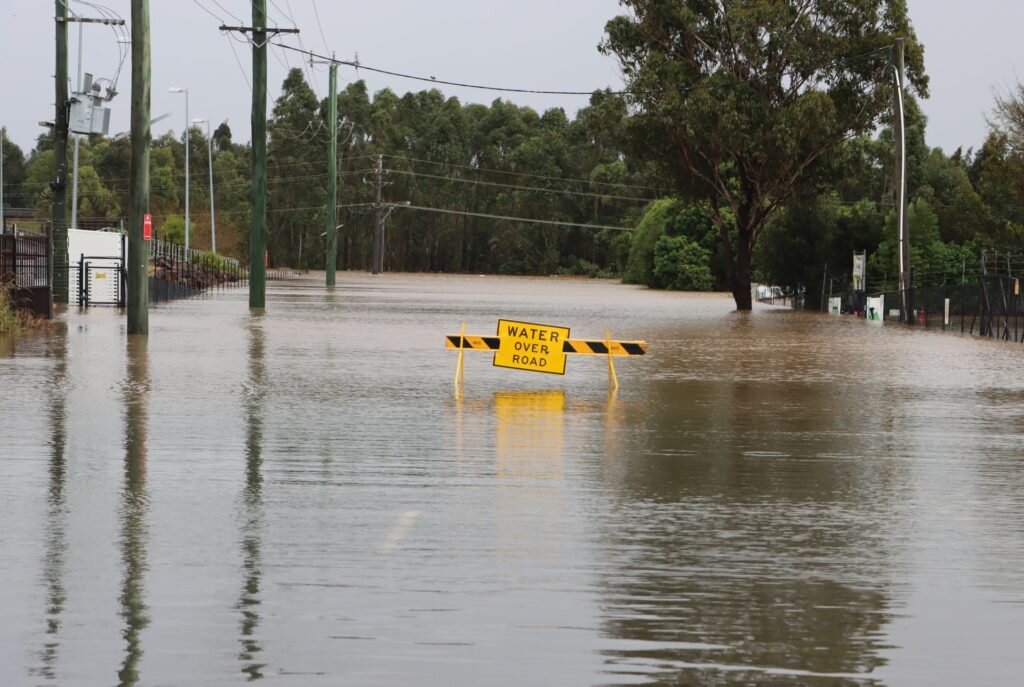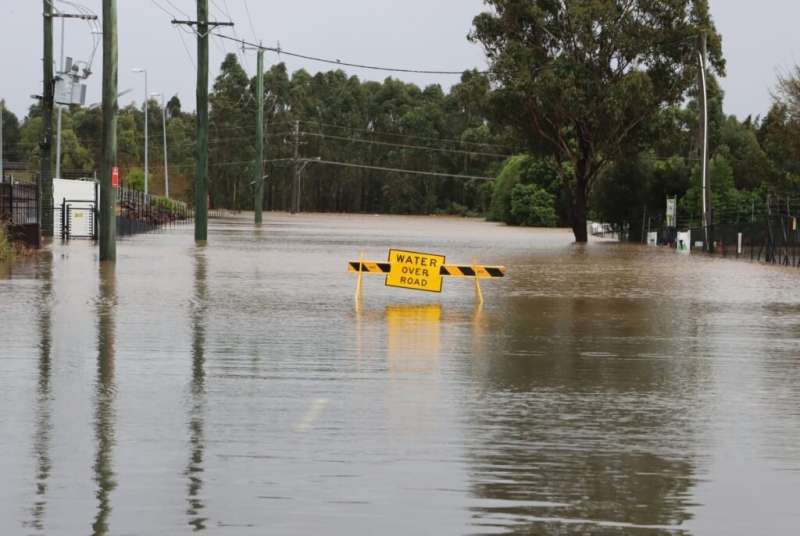

Over recent decades, coastal cities in the U.S. have experienced significant increases in floods that occur during high tide, which create dangerous driving conditions, road closures, groundwater contamination and other safety issues. Climate change and sea level rise have facilitated more of these high-tide floods, according to new research in AGU’s Journal of Geophysical Research-Oceans.
Multiple processes contribute to high-tide flooding, also called “nuisance flooding” or “sunny-day flooding,” depending on tides and local wind and pressure conditions, as well as larger-scale phenomena like El Niño/La Niña. But little is known about how these factors work in concert to cause regional high-tide flooding.
Their analyses also revealed that as sea level has risen, the number of co-occurring factors needed to cause a high-tide flood has dropped from three or four to two, or even one. Simply put, in many coastal cities, fewer things need to go wrong for a high-tide flood to hit.
“When I started my career 15 years ago, I don’t think we had a name for what now we know as high-tide flooding,” says Thomas Wahl, a coastal engineer at the University of Central Florida and coauthor of the new study. “It is an emerging issue and one of the immediate consequences of rising sea levels.”
The new study looks beyond tides to see what drives these floods, which are now twice as likely to occur countrywide than they were in 2000. Wahl and his colleagues analyzed hourly tide data from gauges at 120 locations around the U.S., spanning more than 20 years, to see which processes were affecting sea level at different places. They also explored seasonal differences in high-tide floods and which processes compounded to create more severe flood events.
The researchers found clear regional differences in what causes high-tide floods around the country.
“Along the west coast, where sea level has risen less since the 1950s compared to other parts of the country, tides play an important role in generating high-tide flood events,” Wahl says. “Along the Gulf coast, the seasonal variations in sea level are relatively more important compared to the other regions.” Further up the East Coast, wind- and atmospheric pressure were often one of the ingredients to cause high-tide floods. Identifying these differences is essential to accurately predicting how flood regimes will change in coastal cities.
Wahl was not surprised by these results but notes how important it is to quantify what has long been expected. The database he and his coauthors have built can help improve existing tools that show city planners how many floods they have to expect in the future under different sea level rise scenarios and make decisions on where and when to adapt.
Study projects a surge in coastal flooding starting in 2030s
S. Li et al, Contributions of Different Sea‐Level Processes to High‐Tide Flooding Along the U.S. Coastline, Journal of Geophysical Research: Oceans (2022). DOI: 10.1029/2021JC018276
American Geophysical Union
Citation:
High-tide floods surge as climate changes and sea level rises (2022, July 14)
retrieved 15 July 2022
from https://phys.org/news/2022-07-high-tide-surge-climate-sea.html
This document is subject to copyright. Apart from any fair dealing for the purpose of private study or research, no
part may be reproduced without the written permission. The content is provided for information purposes only.